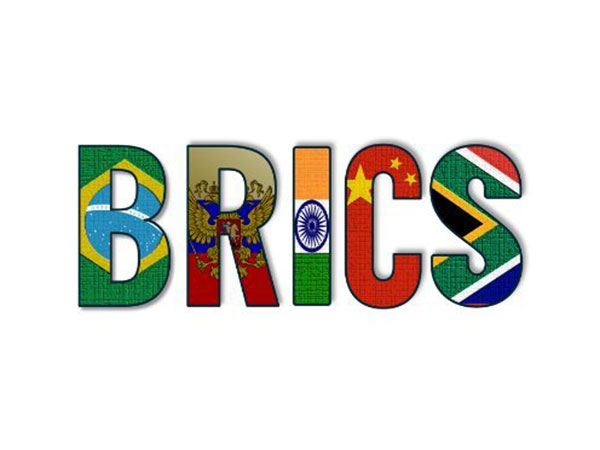The growing influence of countries like India and China is reshaping the global economic landscape, shifting the focus from G7 nations to the BRICS alliance, according to a recent report by EY India.
The report highlights a significant shift in global trade dynamics, with the BRICS+ group rapidly expanding its share in global exports and imports.
“Central to this transformation are India and China, two key members of the BRICS+ alliance. In 2023, they ranked third and first globally in terms of purchasing power parity (PPP), both countries are projected to retain these positions by 2030,” the report stated.
The report also highlighted that between 2000 and 2023, the BRICS+ group’s share of global merchandise exports surged from 10.7 per cent to 23.3 per cent, reflecting an increase of 12.6 percentage points. In contrast, the G7’s share saw a sharp decline, dropping from 45.1 per cent to 28.9 per cent.
The rest of the world maintained a stable share, slightly increasing from 44.2 per cent to 47.9 per cent. This trend highlights the growing role of BRICS+ nations in global trade.
“Given the present trends and the likelihood of several new members joining the BRICS+ group being strong, the share of BRICS+ in global merchandise exports can overtake that of the G7 group by 2026,” said DK Srivastava, Chief Policy Advisor, EY India and member of the 16th Finance Commission Advisory Council.
As per report the China has played a key role in this shift, with its contribution to BRICS+ exports climbing from 36.1 per cent in 2000 to 62.5 per cent in 2023. India has also shown progress, accounting for 7.9 per cent of BRICS+ exports this year.
The report also highlighted the increasing importance of high-tech exports from BRICS+ nations. The group’s share of global high-tech exports has grown sharply, from 5.0 per cent in 2000 to 32.8 per cent in 2022. This shift demonstrates BRICS+ countries’ growing focus on technology-intensive products, positioning them as significant players in the high-tech market.
Notably, the US dollar’s share as a global reserve currency has fallen from 71.5 per cent in 2000 to 58.2 per cent in 2024, indicating a possible shift toward a more multipolar currency system. (ANI)












